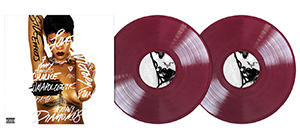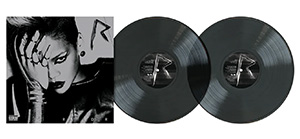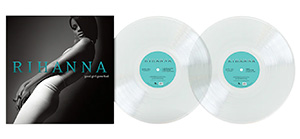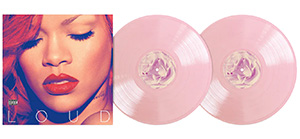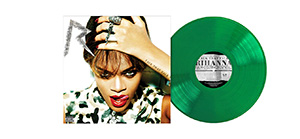‘Frosty the Snowman’: Jimmy Durante’s Holiday Evergreen
As well as being a classic Christmas song, ‘Frosty the Snowman’ has been turned into a children’s book and a celebrated television film. Here is its story.
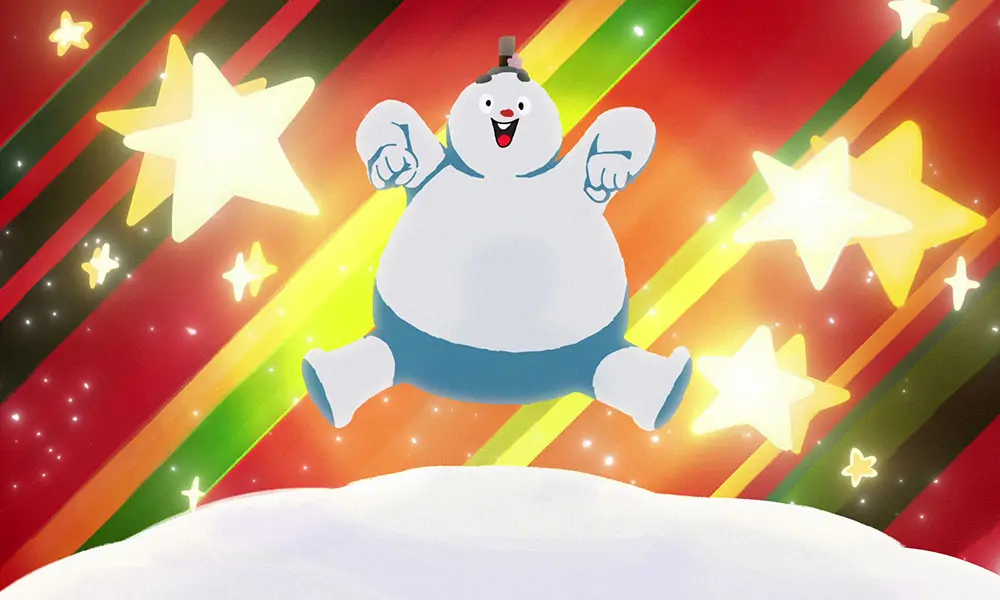
Tin Pan Alley songwriters Steve Edward Nelson and Walter ‘Jack’ Rollins already had a seasonal classic under their belts when they came to write the Christmas classic “Frosty the Snowman” in early 1950. A year earlier, the pair had written the Easter song “Here Comes Peter Cottontail,” which was a hit on Decca Records for Mervin Shiner.
Listen to “Frosty The Snowman” now.
Rollins, who had left his job as a railroad baggage handler in New York to move to Hollywood, teamed up with Nelson, who had written the million-selling Eddy Arnold hit “Bouquet of Rose,” to write songs together. Rollins’ gamble paid off when the pair came up with the idea of a snowman with a corncob pipe, a button nose, and eyes of coal, who is brought to life by a group of children, using a discarded magic silk top hat.
Once they had the lyrics in place, they knew just who to offer it to: Gene Autry, the celebrated country music singer. Autry had already scored a Yuletide hit with “Rudolph the Red-Nosed Reindeer,” and his version of “Frosty” shot to No. 5 on the Billboard Hot 100 chart and immediately became a sought-after song to cover. The first musician to follow in Autry’s footsteps was actor, singer, and comedian Jimmy Durante, whose version quickly became the standard.
Jimmy Durante’s versions
On June 20, 1950, the year in which he broke into television on Tallulah Bankhead’s NBC comedy-variety series The Big Show, 57-year-old Jimmy Durante went into MGM’s recording studios in Hollywood to record his first version of “Frosty the Snowman.” That orchestrated version was arranged and conducted by Roy Bargy, a pianist who had worked with jazz legend Bix Beiderbecke.
The single, released as a 10” shellac and 78rpm, featured a B-side called “(Isn’t It a Shame That) Christmas Comes But Once a Year” and his raspy-voiced version proved a hit for MGM after it was pressed at their own record manufacturing plant in Bloomfield, New Jersey and released in December 1950 for the Christmas rush. The most popular pressing featured a cartoon illustration of Durante in a bow tie standing behind the snowman.
By 1950, Durante was already one of America’s most famous entertainers. But most didn’t regard him as a singer. He was more famous for his vaudeville shows and film acting – he appeared in dozens of movies, including with Buster Keaton – even though he had started out as a jazz singer in the 1920s. One of Durante’s most distinctive features was his nose. (He was given the nickname The Great Schnozzola, and used to joke that “my nose was born first, I arrived on the scene two weeks later.”) Durante said he liked Frosty so much because the snowman also had “a big red Schnozzola.”
Nearly two decades later, when Arthur Rankin Jr. was directing the famous television special based on the “Frosty the Snowman” lyrics, he said he wanted Durante to voice the narrator and sing the title song “in that strange Jimmy Durante voice.” The 25-minute animated film, featuring Jackie Vernon as the Snowman, was broadcast on CBS on December 7, 1969. The show quickly became a festive classic and Durante’s new version of the song, scored by Maury Laws, became popular again when the soundtrack was released. This version had him relating the story of Frosty to a young child who calls him “Uncle Jimmy.” In the film, Durante, who was a big supporter of children’s charities, also appeared as an animated caricature of himself.
The legacy of “Frosty The Snowman”
Although Nelson and Rollins never matched the success of “Frosty the Snowman,” they did write together again and in 1952, penned the public-service song “Smokey the Bear,” which was used in a campaign for forest safety and wildfire prevention. Although that composition may be a footnote in their songwriting story, “Frosty the Snowman” has proved to be one of the most popular songs of all time, recorded more than a thousand times, in numerous styles.
It was recorded by Ella Fitzgerald on her 1960 Verve Records jazz release Ella Wishes You a Swinging Christmas. The Beach Boys did a pop version in 1964’s Beach Boys Christmas Album, Bing Crosby crooned it in his inimitable style and a 12-year-old Michael Jackson even did a Motown version with the Jackson 5 in 1970. The exploits of the famous snowman, who has fun with the children telling them “let’s run and we’ll have some fun now before I melt away,” have also been sung about by The Ronettes, Willie Nelson, Perry Como, Glen Campbell, Billy Idol, and Michael Bublé.


